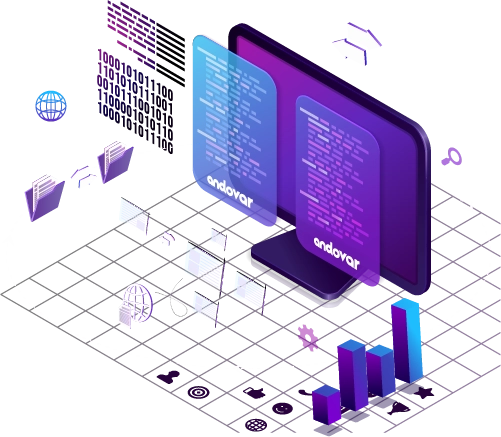Multilingual Digital Publishing Services
Andovar creates localized online and print-ready materials that truly reflect your brand – perfect in every detail, in over 100 languages.
Consultation
Intro
Premium Multilingual Digital Publishing Services
High quality multilingual digital publishing can amplify your brand message. However, appealing to your multilingual customers requires more than translating words. The entire design demands localization, making the text, graphics, and layout native and culturally compelling to your target audience. Andovar provides expert desktop publishing services in over 80 languages in all major publishing tools. Our multilingual DTP solutions have helped companies excel in global markets across a variety of industries.
If your source is only available as a printed copy that does not allow editing, we can extract the text into editable files that work with specific DTP applications. We accomplish this through advanced OCR (Optical Character Recognition). The extracted text then goes through a quality control check that includes a spell check.
We transform the localized font, colors, images, white space, and other DTP elements to make the localized document as compelling as the original.
When necessary, we create a new layout that takes advantage of the target language’s unique features, such as mirroring the design for Arabic readers.
Throughout the project, we analyze our efforts to ensure that it meets your specifications and our standards as defined by our Multilingual Quality Metrics Quality Assurance system. We then subject the completed design to a final QA by native-speaking professionals before releasing it to you.











